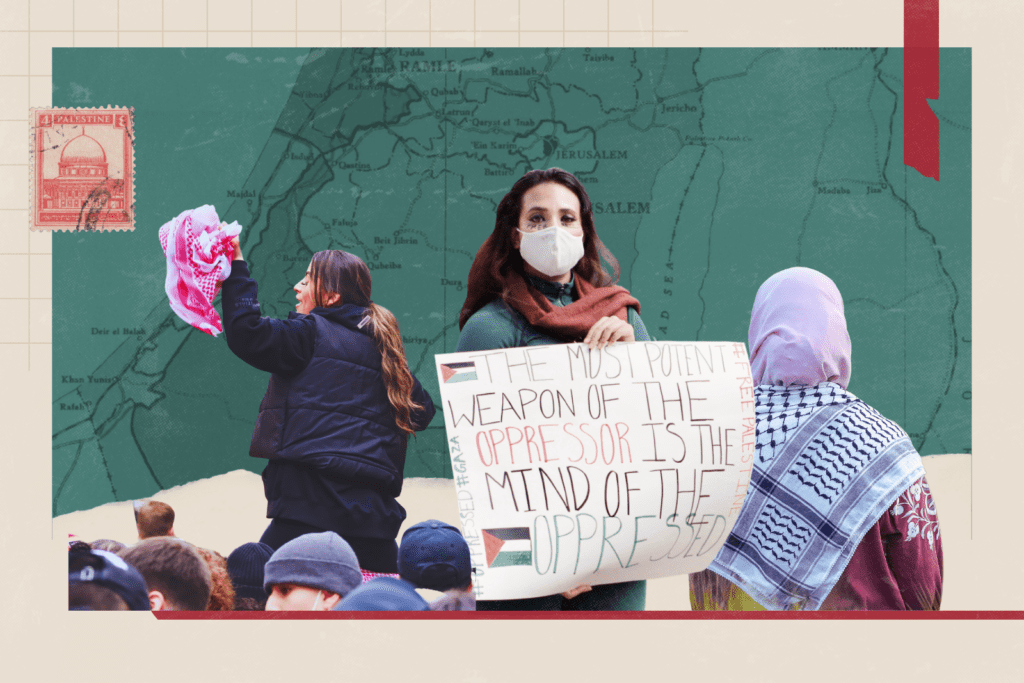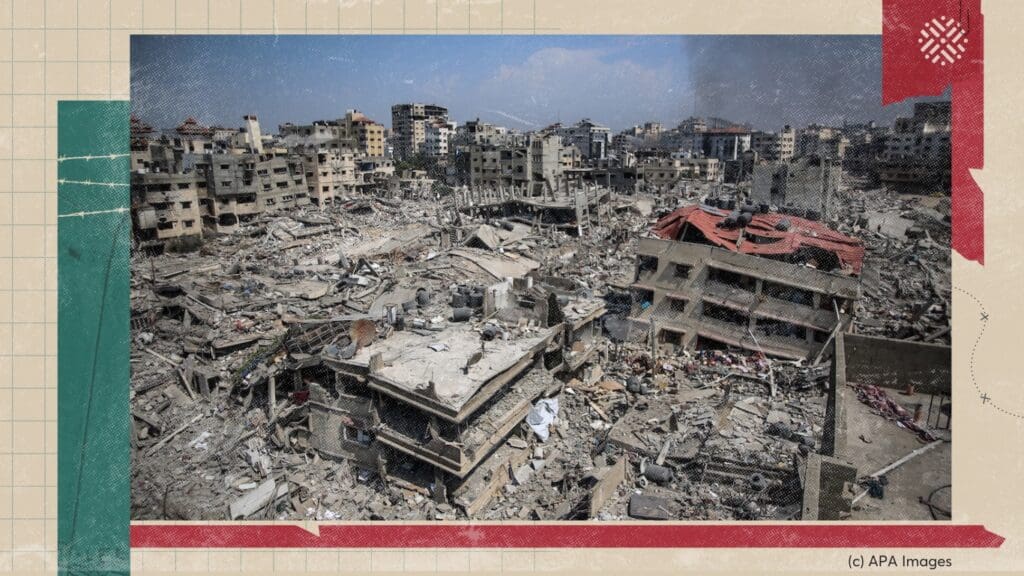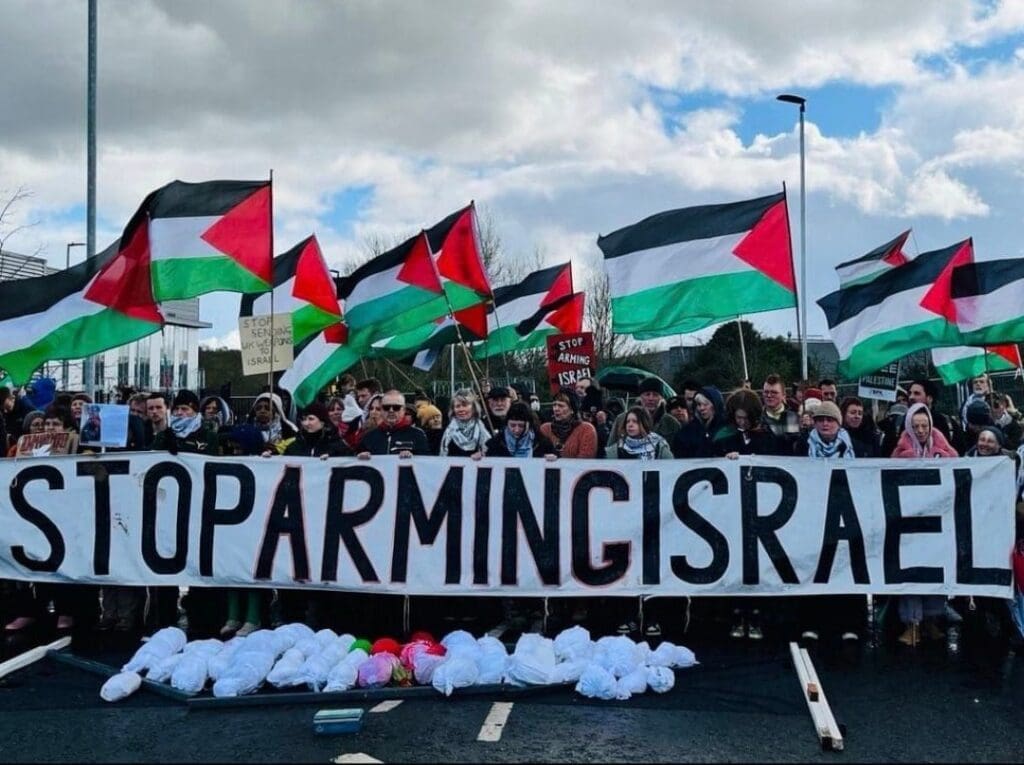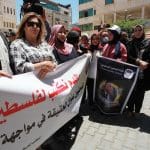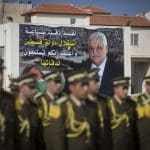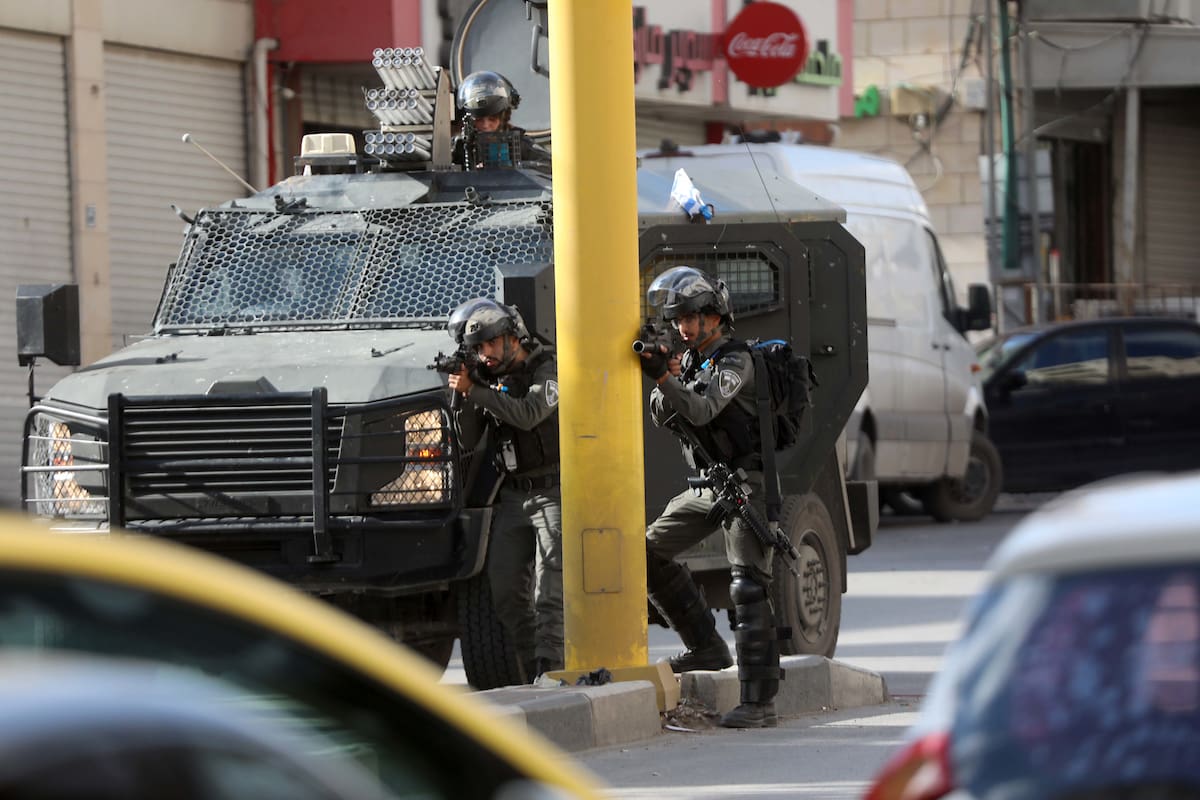
While all eyes are on Gaza, Israel is escalating its oppressive measures against Palestinians in the West Bank at unprecedented levels. The Israeli army has launched large-scale military operations, leading to the deaths of dozens of Palestinians, and given free rein to violent settlers communities, who have displaced an estimated 1,000 people in the past six months.
This policy lab is only available in Arabic, and may be viewed here.
Fathi Nimer is Al-Shabaka's Palestine policy fellow. He previously worked as a research associate with the Arab World for Research and Development, a teaching fellow...
Belal Shobaki is the Head of the Department of Political Science at Hebron University, Palestine. He is a Policy Member at the Palestinian Policy Network....
Dr. Amal Nazzal is Assistant Professor at the Business and Economics Faculty at Birzeit University, Palestine. She received her PhD from the University of Exeter, where...

